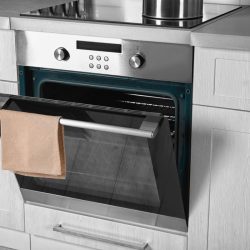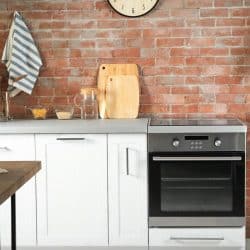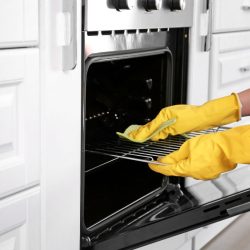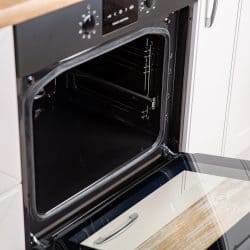Convection ovens are hot—both literally and figuratively! Unlike standard heating, convection ovens use a fan and exhaust system to help evenly distribute heat on your food. Manufacturers also claim convection ovens work faster than the competition. So, is this just another too-good-to-be-true marketing ploy? If you’re curious about how fast convection ovens work, you’ve got to check out the info we’ve done on this topic.
Convection ovens cook and bake faster than standard ovens. Due to their fan and exhaust systems, convection ovens will cook your food 25 - 30 percent faster than traditional ovens. Therefore, you must reduce the cooking time on your recipes by 25 percent whenever you’re using a convection oven.
If you’re new to using convection heating, then you’ve come to the right place. In this post, we’ll review how long to cook or bake using your oven’s convection setting. By the end of this post, you should have a good idea of whether convection heating is good for your kitchen goals.
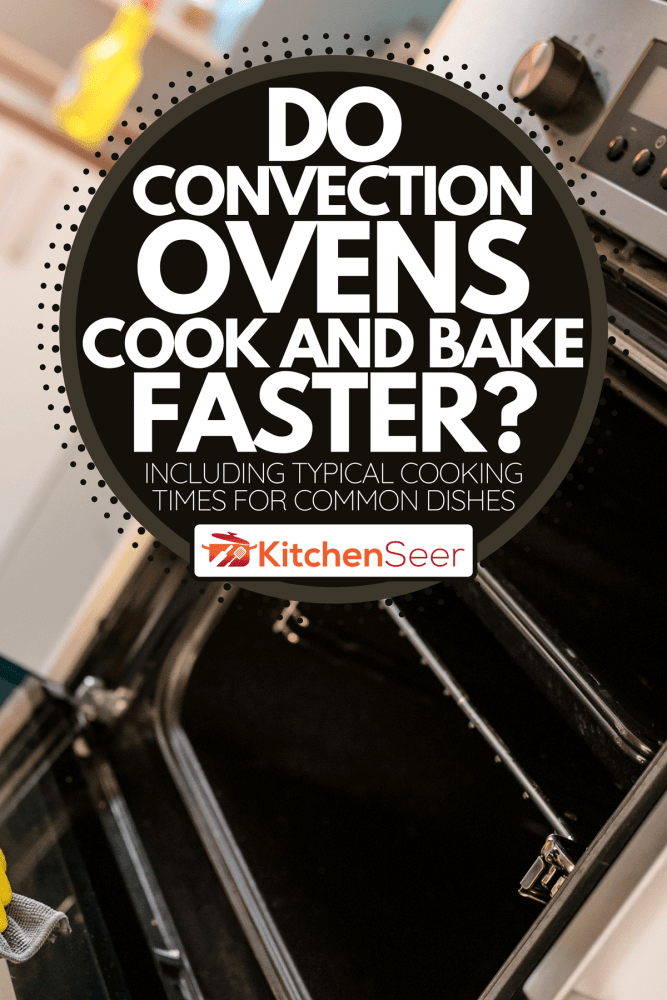
How Much Faster Do Convection Ovens Cook Versus Standard Ovens?
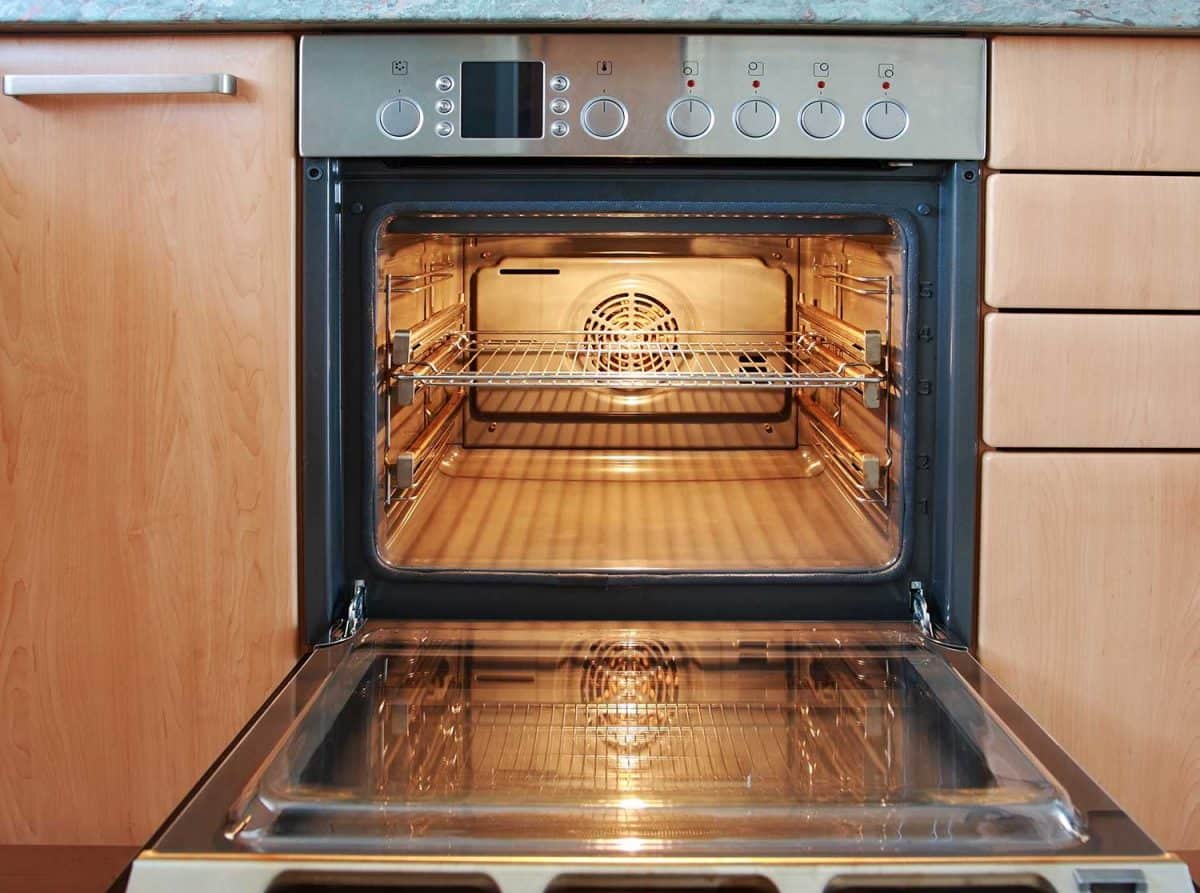
On average, convection ovens cook between 25 - 30 percent faster than a standard oven. The reason convection ovens heat so much faster has to do with their unique fan and exhaust system. The fan helps push hot air around your oven, while the exhaust ensures your oven’s air quality doesn’t get too humid. Both of these factors help warm your food way faster than a standard oven.
As a bonus, convection heating is more eco-friendly than traditional ovens. You can expect to use 20 percent less electricity with convection heating.
How Do You Convert Cook Time From A Regular Oven To A Convection Oven?
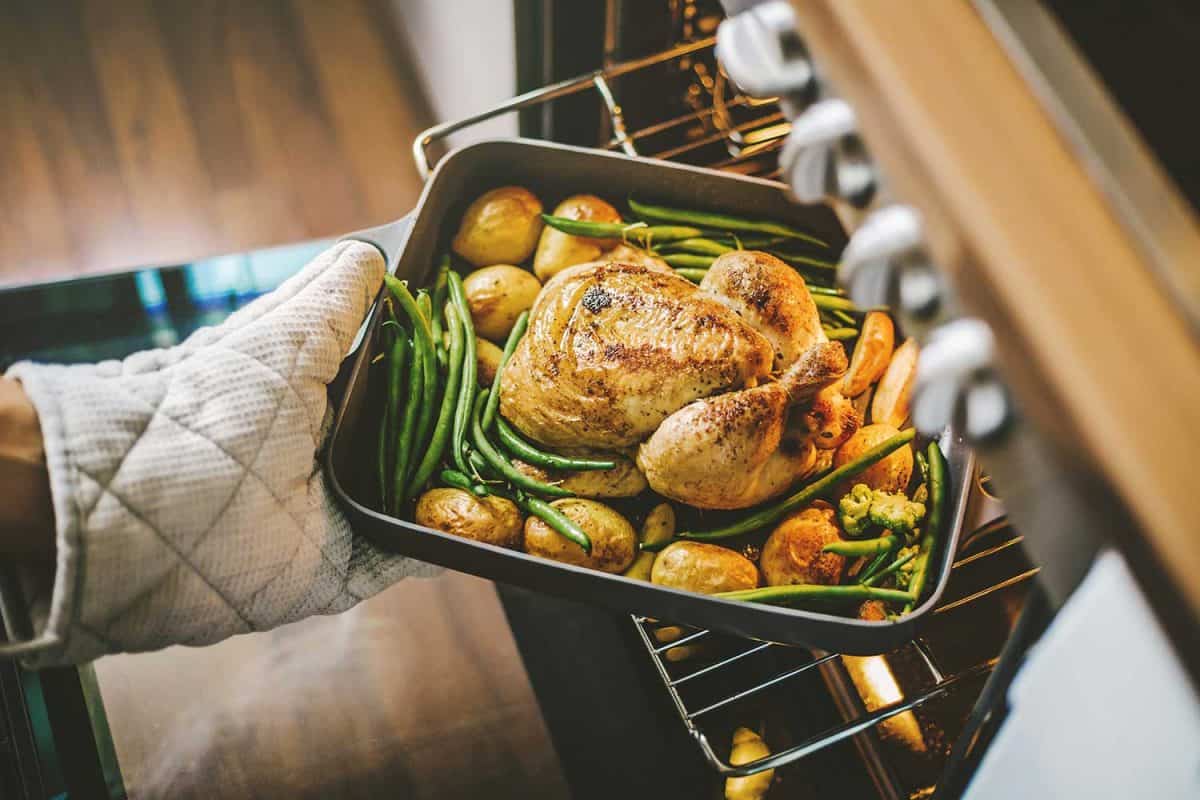
Since convection ovens cook about 25 percent faster than conventional ovens, you should reduce your recipe’s suggested cooking time by 25 percent. For example, if your recipe says to cook your food for one hour, you should only keep it in the oven for 45 minutes.
Alternatively, you could dial back the suggested cooking temp by 25 percent on your convection oven. If you use this tip, you don’t have to worry about shortening the cooking time.
If you’ve never used your convection oven before, then you may want to invest in an oven-safe meat thermometer. These devices will instantly let you know the internal temp of your dish in real-time. As long as you monitor this thermometer, you’ll know exactly when to pull your food out of the oven.
Find out more on this Amazon link.
What’s The Average Cooking Time For Standard Foods In A Convection Oven?
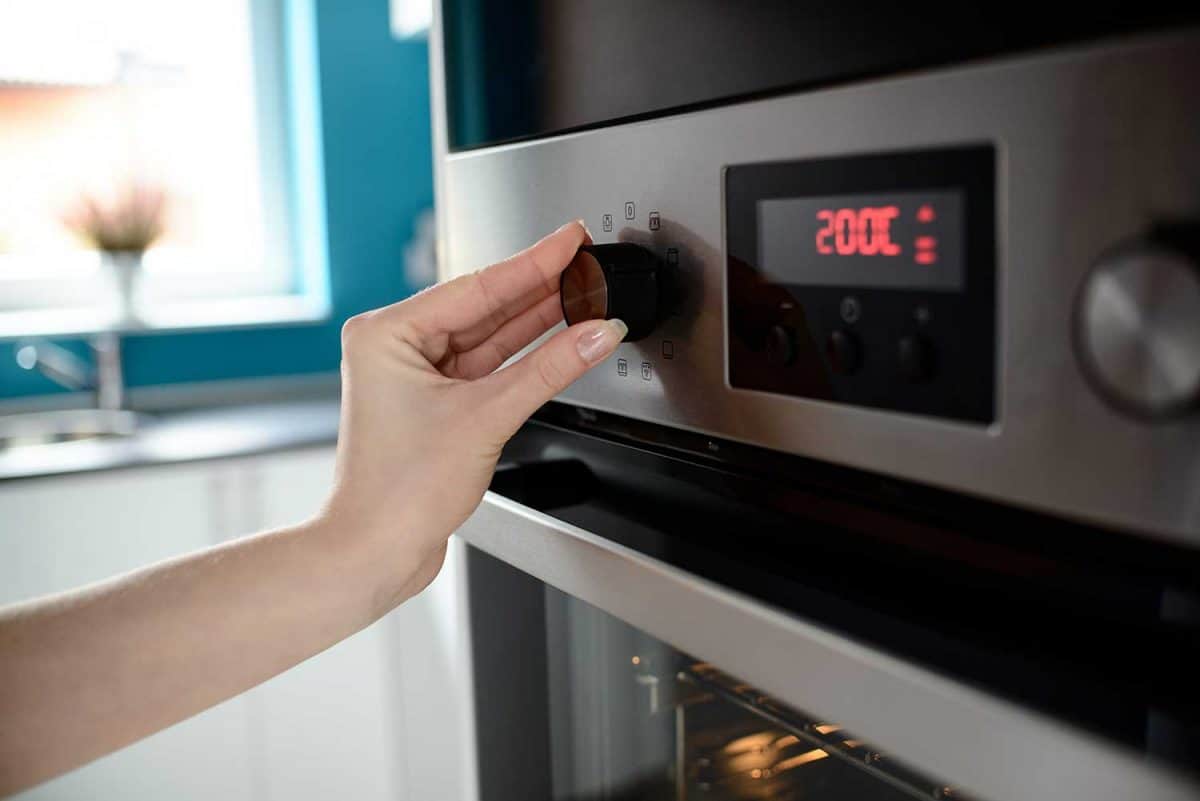
Although you’ll often do fine reducing your recipe’s cooking time by 25 percent, here’s a short-list of the average cooking times for common foods and baked goods:
- Oven-roasted chicken: 1 hour and 15 minutes at 400° F.
- Oven-roasted turkey: 1.5 - 2 hours for 12 - 15 lbs, 2 - 2.5 hours for 15 - 20 lbs, and 2.5 - 3.5 hours for 20 - 25 lbs, all at 350° F.
- Oven-baked salmon: About 15 minutes at 425° F.
- Baked potatoes: About 35 minutes at 400° F.
- Roasted vegetables: Set oven to 450° F and check after 15 - 20 minutes. If your veggies aren’t crispy enough, add another 10 minutes.
- Meatloaf: One hour at 350° F.
- Cheesecake: 35 minutes at 350° F.
- Chocolate-chip cookies: Nine minutes at 350° F.
- Apple pie: 35 - 45 minutes at 400° F.
- Brownies: 25 minutes at 300° F.
- Croissants: 18 minutes at 375° F.
Do You Have To Preheat A Convection Oven?

Like a standard oven, you still need to preheat your convection oven. However, since convection heating is faster than traditional ovens, it should take less time to reach your desired temperature.
Do Professional Bakers Use Convection Ovens?
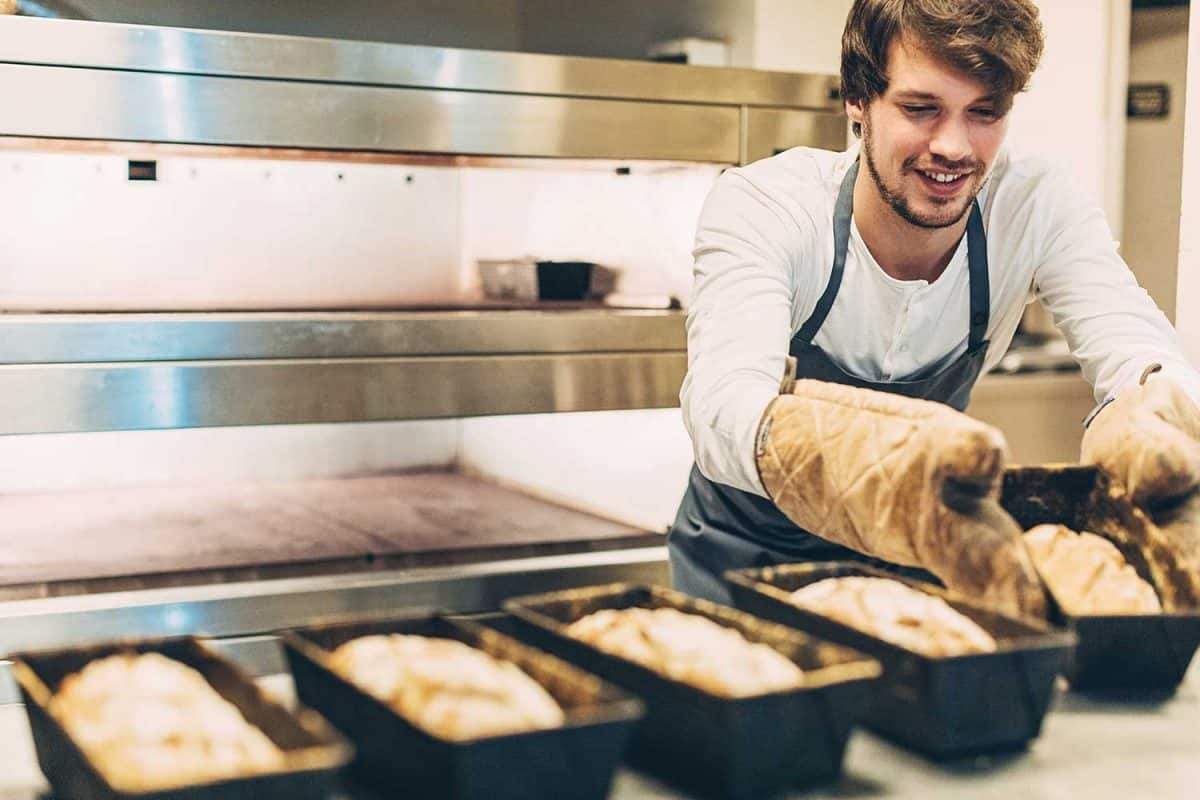
Convection ovens are common in the professional baking industry. Since convection ovens cook evenly, they are ideal for making many baked goods like cookies, brownies, and bread.
Speaking of bread, if you’re interested in making a DIY loaf of doughy deliciousness, you’ve got to check out this previous post on the “Perfect Size Mixing Bowl For Bread.”
What Shouldn’t You Bake In Convection Ovens?
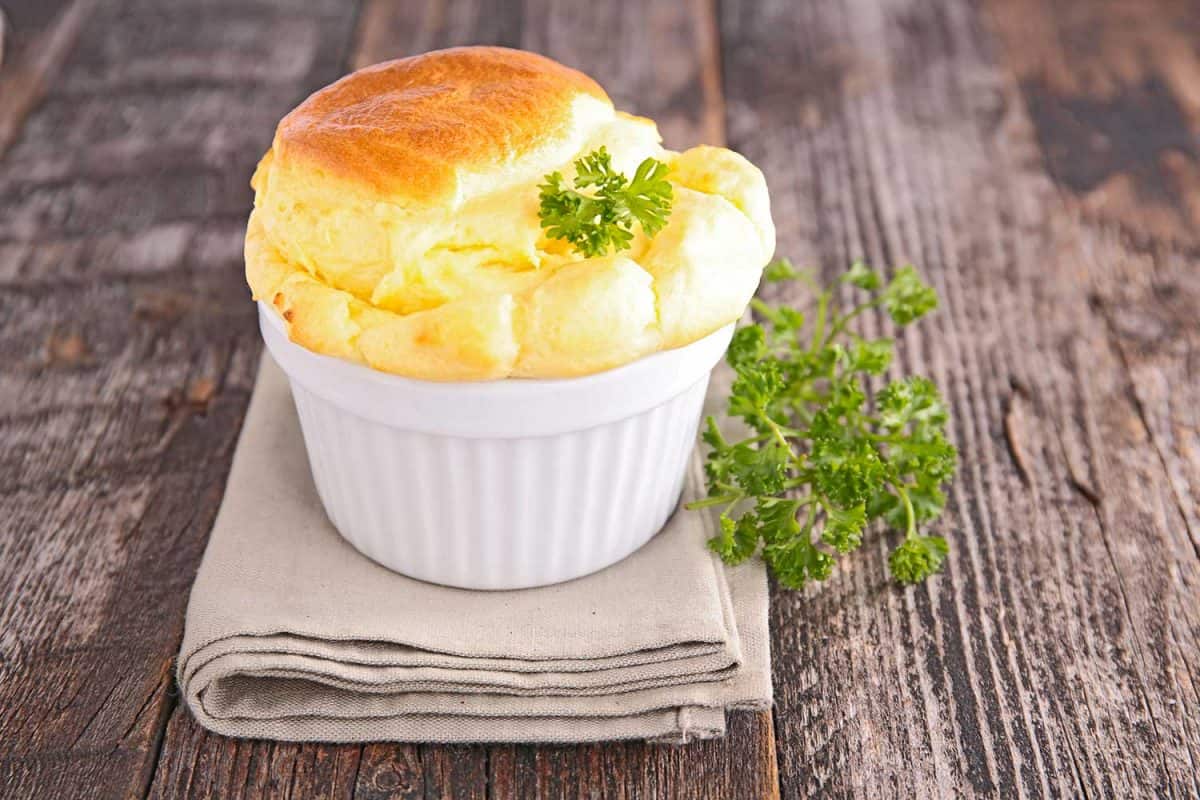
Although convection ovens have many positives, a few baked goods don’t do well under this heat setting. Most often, delicate pastries don’t take kindly to the constant wind from a convection oven’s fan.
In particular, you should avoid cooking soufflés in a convection oven. Pro chefs also don’t recommend making quickbreads, cakes, and custards with a convection setting.
While some bakers enjoy making bread in convection ovens, others complain there’s not enough humidity to make their dough rise. Be sure to test your favorite bread recipes on both convection and non-convection settings to see what works best for you.
Why Is My New Convection Oven Smoking?
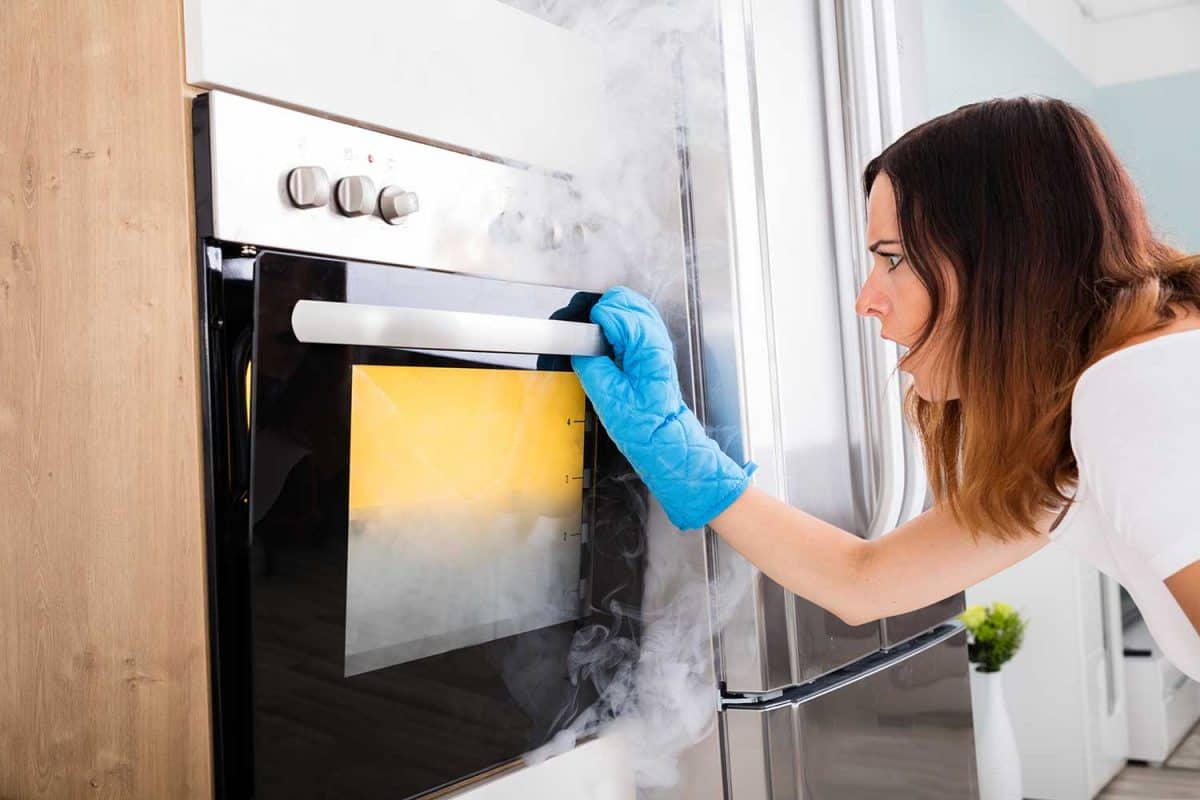
Smoke is never a good sign in the kitchen, especially if it’s spewing out of your oven. However, it’s normal for new ovens to give off a bit of smoke on the first few heating cycles. In fact, most manufacturers recommend running your oven for a few hours to “burn off” the factory coating.
If you’ve just got a new convection oven, be sure to research the owner’s manual to figure out the recommended “burn off” time and temp. Once you’ve completed this step, your oven should be safe and smoke-free.
FYI: You could read through this post on “What To Do If Your Oven Is Smoking?” for more crucial safety tips.
Do Convection Ovens Have A Self-Cleaning Feature?

Many convection ovens come equipped with a self-cleaning feature you could use to destroy all those nasty food particles. This powerful feature uses intense heat of almost 1000° F to turn all of that “oven gunk” into ash.
If you’re going to use the self-cleaning feature, be sure to remove your oven’s racks beforehand and keep your kitchen well-ventilated. Once you turn this self-heating function on, your oven’s door will most likely auto-lock.
After a few hours, the self-cleaning cycle should end, and your oven door should unlock. Open your oven’s door and use a damp rag to pick up all the debris. You could also use a cleaning product specifically made for ovens.
Find out more on this Amazon link.
But don’t worry if your oven doesn’t have a self-cleaning function. You could easily clean your oven overnight with baking soda, white vinegar, and water. Watch this YouTube video for a full demonstration:
For more oven cleaning hacks, be sure to read our post on “How To Clean Oven Door Glass.”
Is A Convection Oven Worth The Money?

Although you could bake and cook without convection heating, many chefs like having this option. Not only does convection heating save you precious time, but it will also cook your food more evenly and efficiently. Plus, since these ovens are eco-conscious, you will save in electricity fees over time.
There are only two potential downsides associated with convection heating. First, these ovens tend to cost more than standard units. Second, you may struggle to bake delicate pastries, custards, or cakes in these ovens.
Please be sure to weigh all of these considerations against your cooking preferences and budget.
Speed Up Your Cooking Time With Convection Oven
If you always feel like you’re waiting forever for your food to heat up, it might be time to investigate a convection oven. While you’ll pay extra upfront for this feature, convection heating will save you precious time and energy. Using a convection oven will undoubtedly speed up all of those stressful Monday meals!



